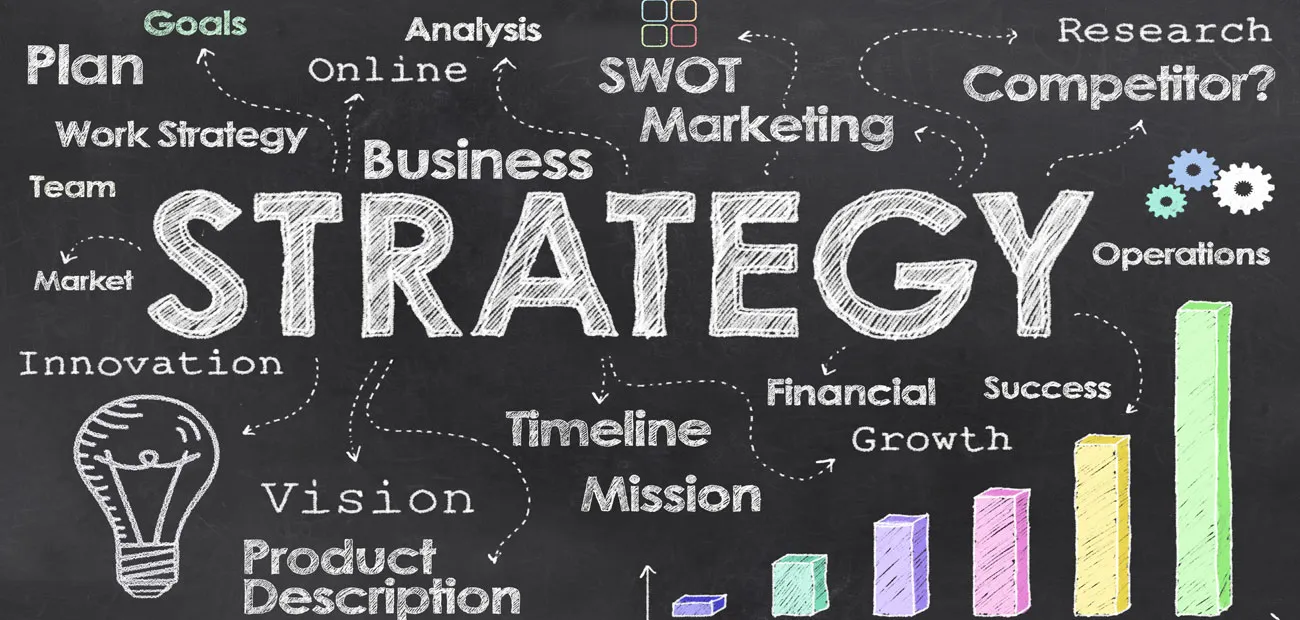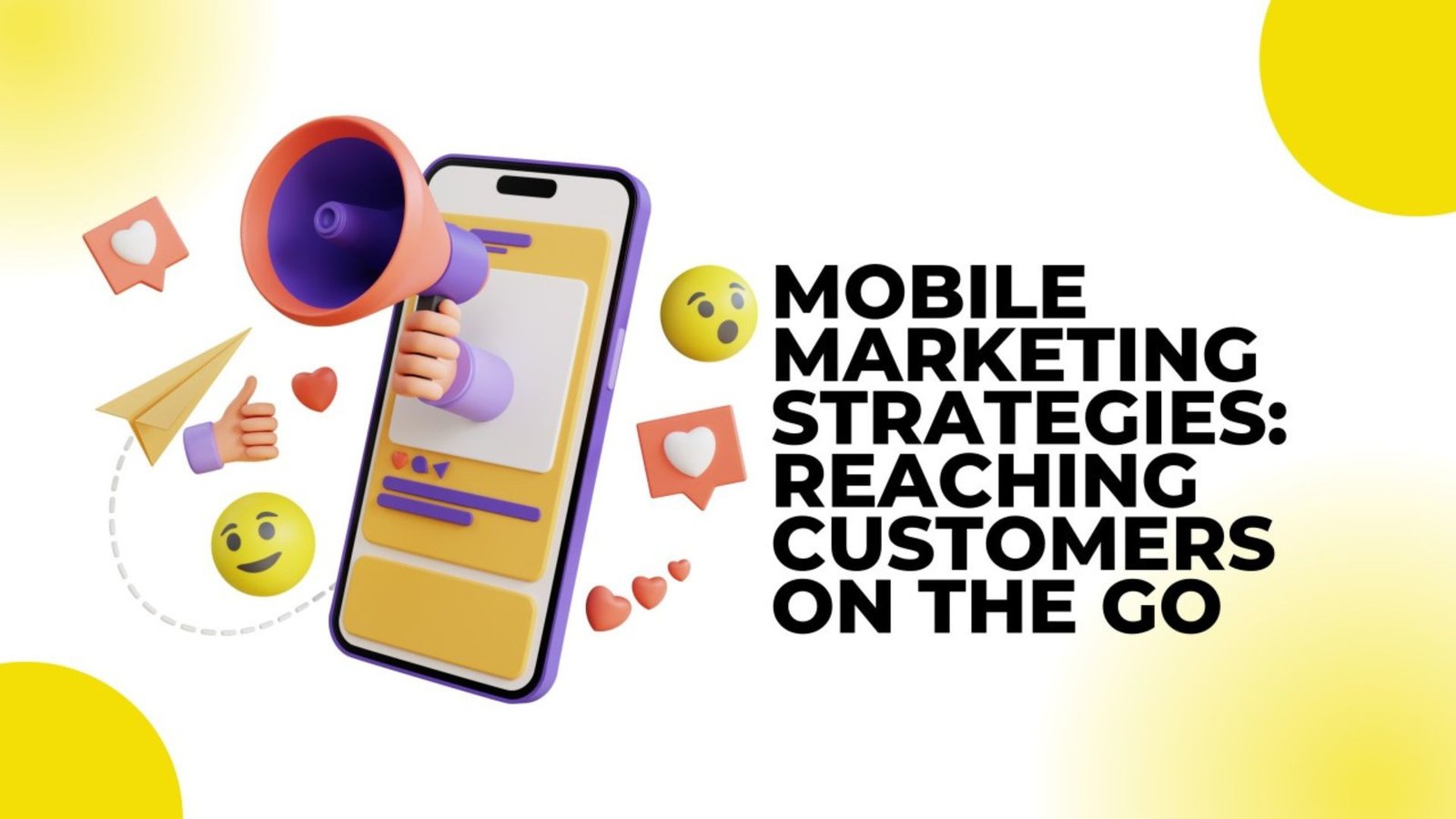Content marketing is a powerful strategy for attracting and retaining customers by creating and sharing valuable, relevant content. To make the most out of your content marketing efforts, it’s essential to implement best practices that drive engagement and deliver measurable results. Here are some key tips for effective content marketing:
1. Understand Your Audience
Overview: Knowing your audience is crucial for creating content that resonates with them and addresses their needs and interests.
Tips:
- Conduct Audience Research: Use surveys, interviews, and analytics to gather insights about your audience’s preferences, behaviors, and pain points.
- Develop Buyer Personas: Create detailed profiles representing your ideal customers to guide content creation and targeting.
- Monitor Trends: Stay updated on industry trends and audience interests to keep your content relevant.
Example: Use audience insights to tailor blog posts and social media content to address common questions and challenges faced by your target audience.
2. Create High-Quality Content
Overview: High-quality content is engaging, informative, and provides real value to your audience.
Tips:
- Focus on Value: Ensure your content solves problems, answers questions, or provides valuable information.
- Be Original: Offer unique perspectives and insights that set your content apart from competitors.
- Maintain Quality: Pay attention to grammar, style, and formatting to ensure a professional presentation.
Example: Write comprehensive how-to guides that address common issues in your industry and offer actionable solutions.
3. Optimize for SEO

Overview: Search engine optimization (SEO) helps your content rank higher in search engine results, driving more organic traffic to your site.
Tips:
- Keyword Research: Identify relevant keywords and phrases that your audience is searching for.
- On-Page SEO: Optimize titles, meta descriptions, headers, and content for targeted keywords.
- Technical SEO: Ensure your website is technically sound, with fast loading times, mobile responsiveness, and a clear site structure.
Example: Incorporate long-tail keywords into your blog posts and optimize meta tags to improve search engine visibility.
4. Promote Your Content
Overview: Effective promotion is key to reaching a wider audience and driving traffic to your content.
Tips:
- Leverage Social Media: Share your content on social media platforms to increase visibility and engagement.
- Use Email Marketing: Include content in your email newsletters to reach subscribers and drive traffic.
- Engage with Influencers: Collaborate with influencers to extend your content’s reach and credibility.
Example: Share your latest blog post on social media channels and include a call-to-action to encourage readers to visit your website.
5. Measure and Analyze Performance
Overview: Regularly measuring and analyzing the performance of your content helps you understand what’s working and where improvements are needed.
Tips:
- Track Metrics: Monitor key performance indicators (KPIs) such as traffic, engagement, conversions, and social shares.
- Use Analytics Tools: Utilize tools like Google Analytics, social media insights, and email marketing reports to gather data.
- Evaluate Results: Assess the effectiveness of your content and adjust strategies based on performance data.
Example: Analyze website traffic from different content sources to determine which types of content drive the most visits and conversions.
6. Focus on Content Distribution
Overview: Effective content distribution ensures your content reaches the right audience through various channels.
Tips:
- Utilize Multiple Channels: Distribute your content through blogs, social media, email, and other relevant platforms.
- Repurpose Content: Adapt content for different formats and channels, such as turning a blog post into an infographic or video.
- Collaborate with Partners: Partner with industry influencers or other brands to expand your content’s reach.
Example: Transform a popular blog post into a series of social media posts, an infographic, and a video to maximize its impact.
7. Maintain Consistency
Overview: Consistency in content creation and branding helps build trust and recognition with your audience.
Tips:
- Develop a Content Calendar: Plan and schedule content to ensure regular updates and timely publication.
- Stick to Your Brand Voice: Maintain a consistent tone and style that aligns with your brand’s identity.
- Be Reliable: Ensure your content is published as planned and meets the expectations set with your audience.
Example: Create a content calendar to schedule blog posts, social media updates, and email newsletters for consistent and timely delivery.
8. Encourage User-Generated Content
Overview: User-generated content (UGC) can enhance engagement and build a sense of community around your brand.
Tips:
- Run Contests or Challenges: Encourage users to create and share content related to your brand or products.
- Feature UGC: Showcase user-generated content on your website or social media channels.
- Engage with Contributors: Acknowledge and thank users who contribute content to build positive relationships.
Example: Host a social media contest where users share photos of themselves using your product and feature the best entries on your website.
9. Invest in Content Quality Over Quantity
Overview: Prioritizing quality over quantity ensures that your content provides real value and stands out in a crowded marketplace.
Tips:
- Prioritize In-Depth Content: Create detailed and well-researched content that addresses specific topics thoroughly.
- Avoid Overloading: Focus on delivering high-quality content rather than churning out frequent but less impactful posts.
- Enhance Visuals: Use high-quality images, videos, and graphics to complement your content and enhance engagement.
Example: Develop a comprehensive guide on a complex topic and supplement it with high-quality visuals to provide an in-depth resource for your audience.
10. Stay Updated on Industry Trends
Overview: Keeping up with industry trends and changes helps you adapt your content strategy to current developments.
Tips:
- Follow Industry News: Stay informed about trends and innovations in your industry through news sources and blogs.
- Attend Conferences: Participate in industry events and conferences to gain insights and network with professionals.
- Adapt Strategies: Adjust your content strategy based on emerging trends and shifts in audience preferences.
Example: Monitor industry news and incorporate trending topics into your content strategy to stay relevant and engage your audience.
Conclusion
Effective content marketing requires a strategic approach that focuses on understanding your audience, creating high-quality content, optimizing for SEO, and promoting through various channels. By measuring performance, maintaining consistency, and staying updated on industry trends, you can enhance your content marketing efforts and achieve better engagement and ROI. Implement these tips to create a successful content marketing strategy that drives results and supports your business goals.











